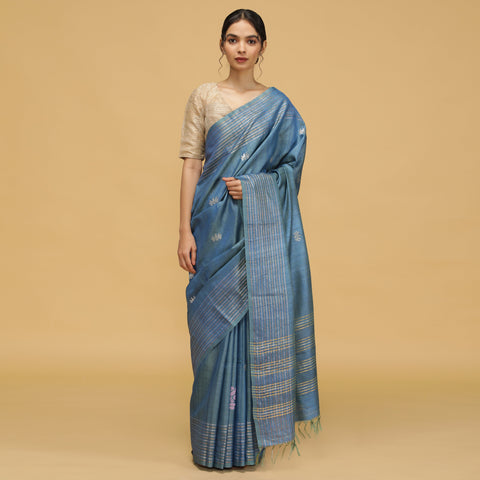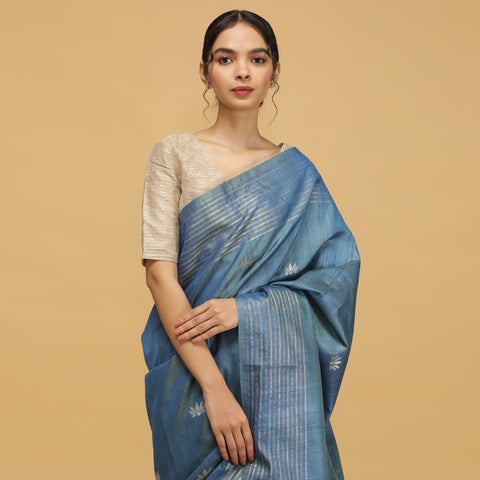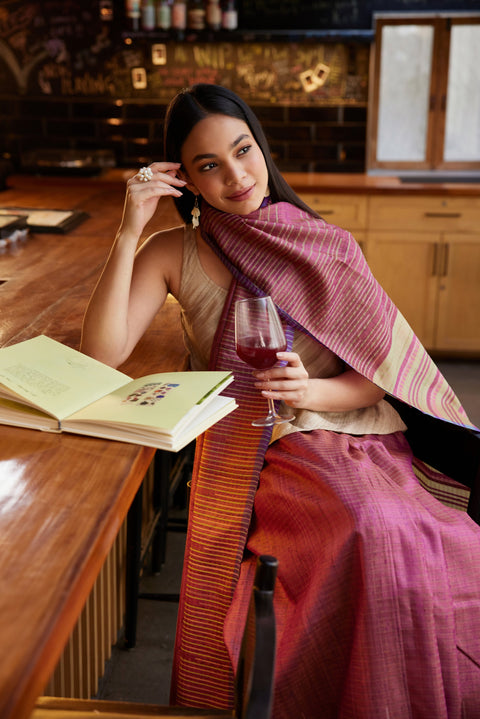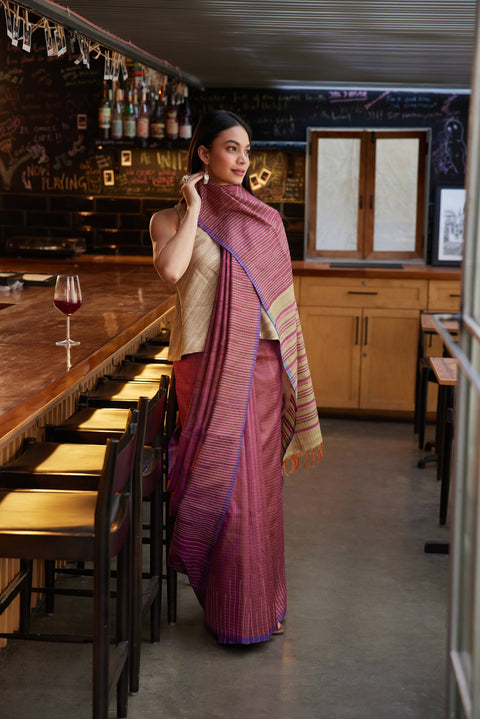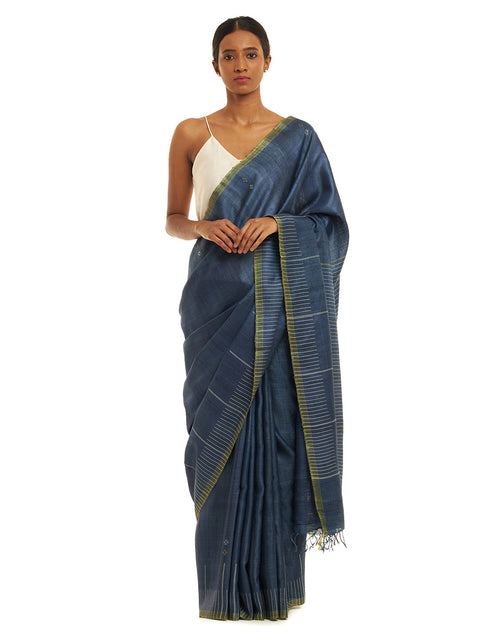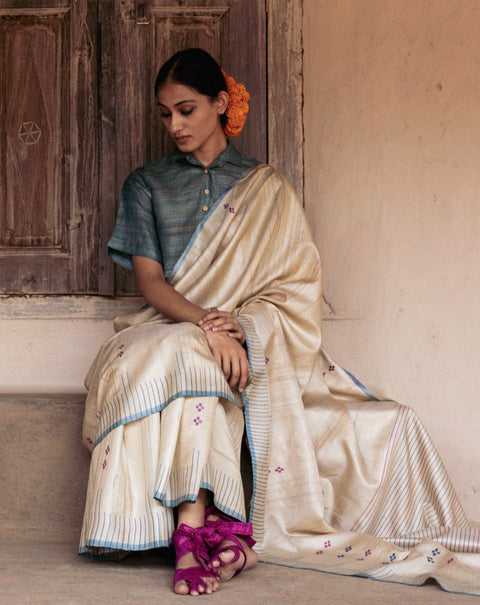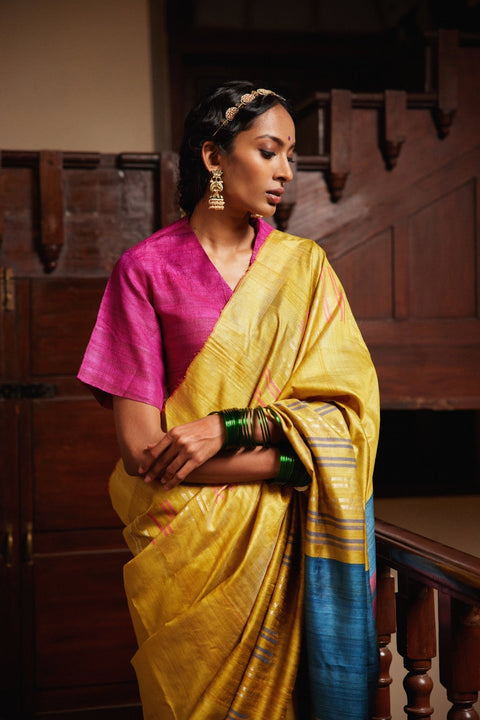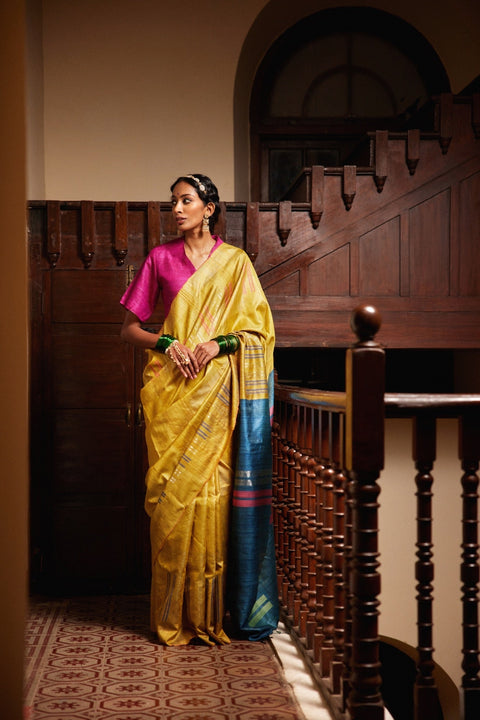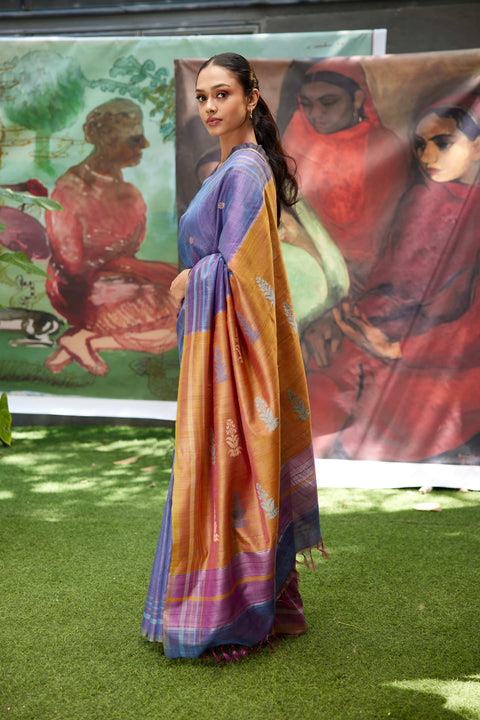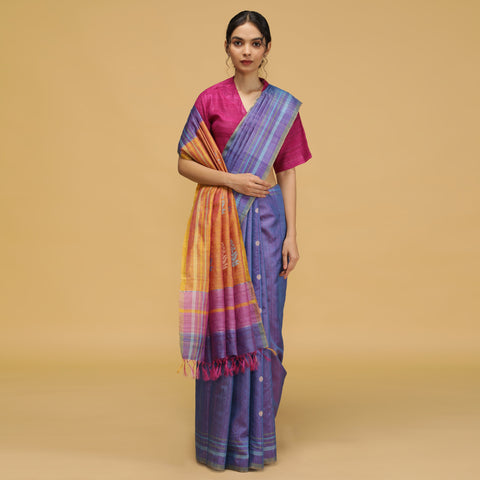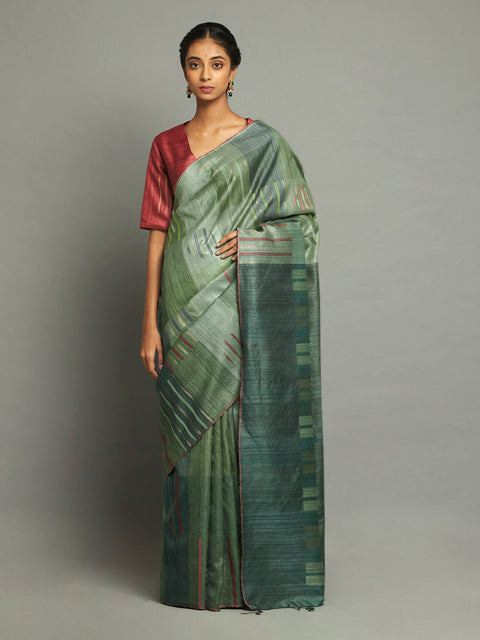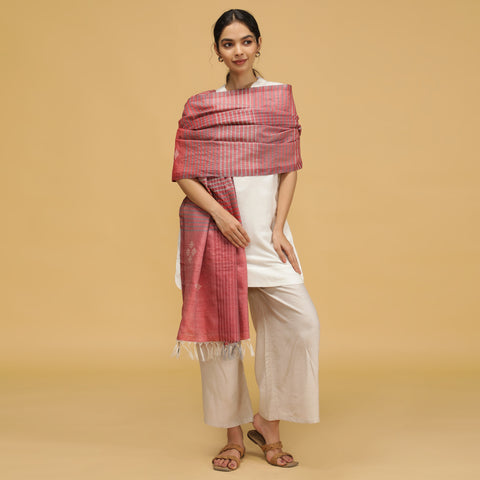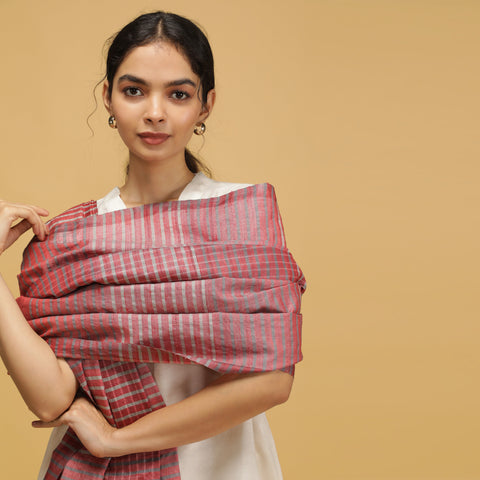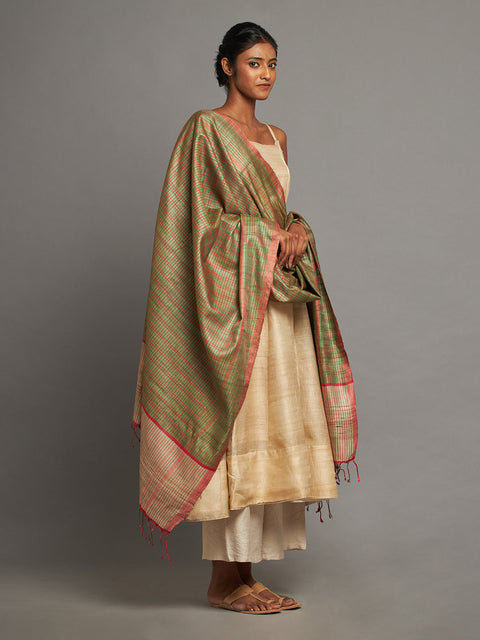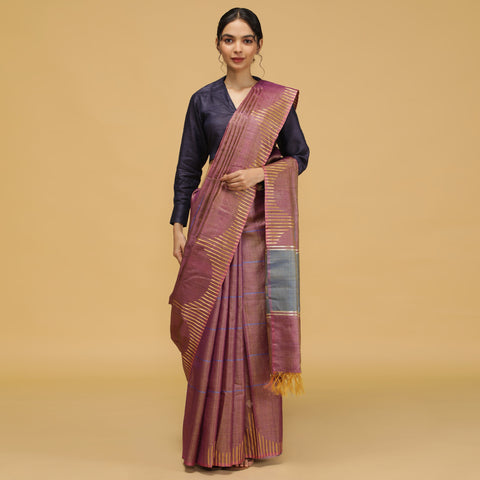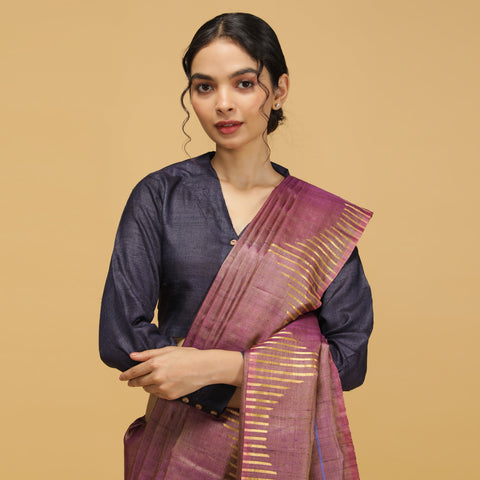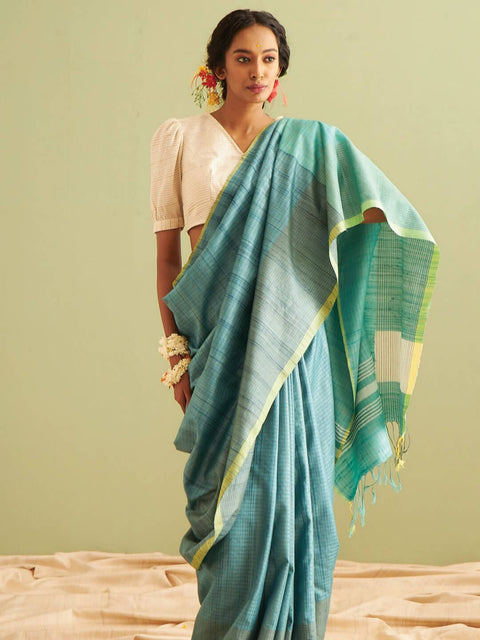
Table of Contents
Even within the same culture or region, the terms 'ethnic wear' and 'traditional wear' are often used interchangeably. Certainly, both possess clothing deeply rooted within culture, but are the accepted definitions truly the same?
The difference between ethnic wear and traditional wear is far too subtle to be discernible, and could reveal the practical evolution of culture through clothing, intertwined with the evolution of fashion.
What is Considered Traditional Wear?
Culturally and historically driven, traditional wear comprises the clothing worn by our dear grandmas during the bhennas, or the impending wedding festivities, and even during rituals or banquets.
A saree woven from the fine strands of Banaras, a digitally potted dhoti, or even a pure silk sherwani worn in its original beauty, stands as a representation of traditional attire.
More of a practice of preservation, the attempt to wear traditional clothing gives wearers a chance to carry a piece of culture and history rather than a simple piece of clothing.
What is Considered Ethnic Wear?
Unlike the traditional attire of the Indian culture, ethnic wear is the reformed version of such customs.
A rather lighthearted take on the traditional clothing, ethnic wear is what is worn in a fashion where the thinner saree with more trendy georgette fabric over the cut blouse with embellishments in the back, the kurta with the slim down pants, or lighter attires in general.
Ethnic wear is traditional clothing, with a triangulation of current trends, lifestyle, and even comfort.
The Real Difference Between Ethnic Wear and Traditional Wear
The difference between ethnic wear and traditional wear is mainly the context of the situation and the styling of the outfit. Ethnic wear is a stripped-down version of traditional wear and is more relaxed.
Ethnic wear is more flexible and can be worn to work or casual socials, while traditional wear is saved for special events. Both celebrate culture, but one is a relic of the past while the other is inspired by it.
Why This Matters Today
It is important to understand that the difference between ethnic wear and traditional wear is more than just a topic of discussion. To some, it is a guiding principle when dressing for occasions. For some, wearing the Kosa saree to a wedding is a practice of culture.
But wearing a saree with a light drape and a designer blouse is considered ethnic and more modern. There is no right or wrong; it just depends on the aesthetic you are trying to achieve.
Sarees That Bridge the Gap
Certain fabrics make the difference between ethnic wear and traditional wear even clearer. The understated plain tussar silk sarees show how simplicity can achieve a balance between traditional and ethnic wear. These sarees are simple enough to be worn for casual ethnic occasions and sophisticated enough for rituals.
Similarly, handloom silk sarees represent the classic traditional side, rich in heritage and artistry. Then there are Kosa silk sarees, while grounding themselves deeply in culture, can be worn in both traditional and contemporary styles. Their use in attire proves the gap between traditional and ethnic is not binary; it is inclusive and flexible.
 The Modern Vibe
The Modern Vibe
The new generation is open to diverse combinations. Ethnic experimentation is when a person styles a saree with sneakers, a kurta with a jacket, or a dhoti-inspired palazzo. Hence, the use of ethnic and traditional attire when dressing is not a matter of substitution; it is a question of when to embrace heritage or when to embrace modernity.
Conclusion
In the end, the difference between ethnic wear and traditional wear is very simple. One is a frock while the other is a timepiece. One is rigid, the other is a reinterpretation of the past, shaped in the present. Ethnic is chic, and traditional is sacred.
They are the two sides of a coin. Traditional is an integrated form of culture and tradition, and that, in a vintage form, is what we call ethnic. It is very clear that fashion in the modern day is an incorporation of history with modernity.



